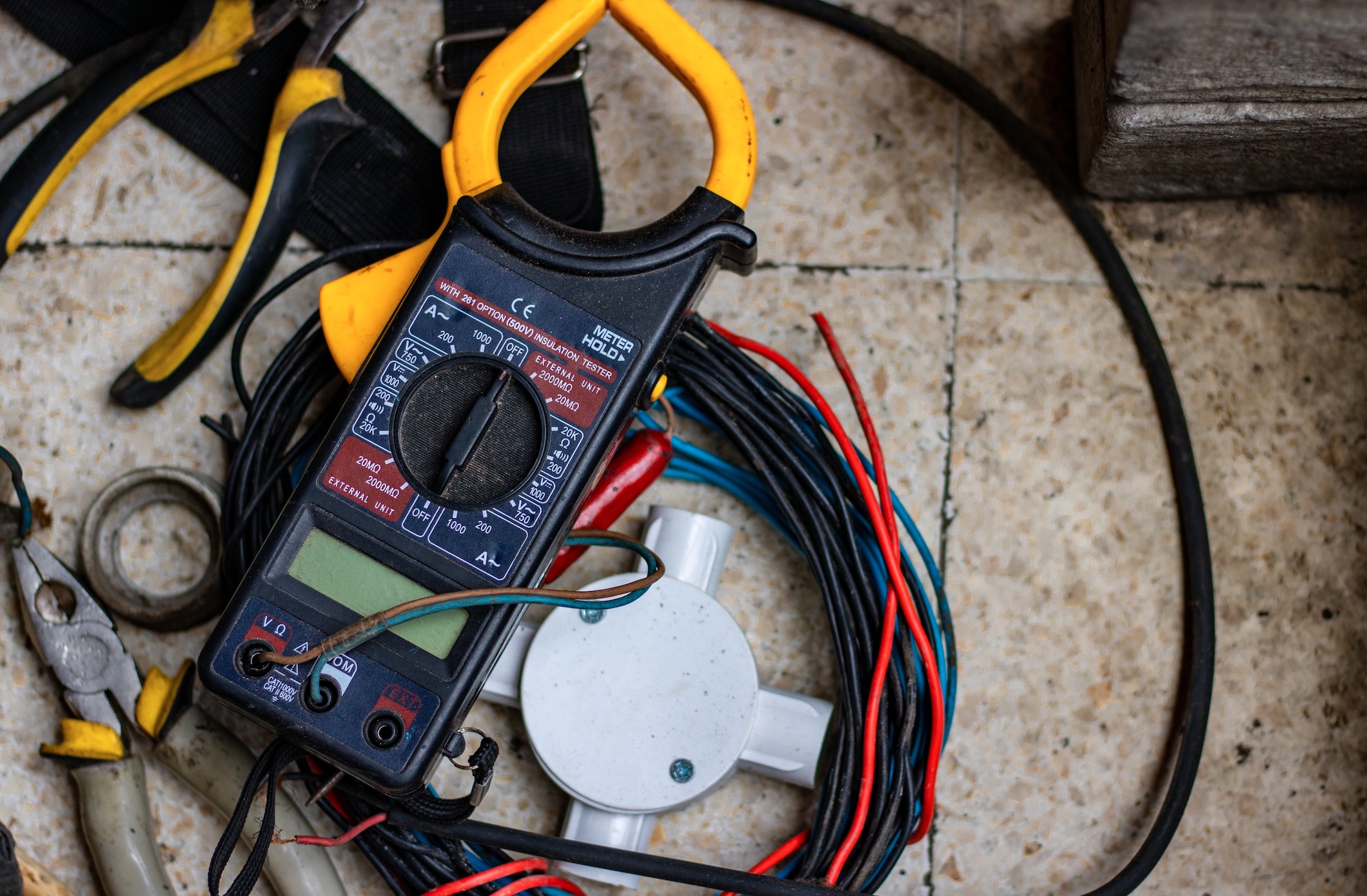While repairing your EV is generally legal, safety concerns and technical complexity often require professional help.
Electric cars aren’t new, but they’re becoming more common now. Many countries and some U.S. states plan to stop selling new gas-powered cars in about 10-15 years. In the U.S., more people are buying electric vehicles (EVs). In early 2022, EV sales went up by 60%. While EVs are still a small part of all new cars sold, this number is expected to grow in the coming years.
In the past, many car owners enjoyed the DIY process of fixing and maintaining their vehicles. They could change the oil, replace spark plugs, and even do more complex repairs in their own time.
Now that electric cars have complicated electrical systems and computer parts, there are separate sides between the owners and professionals regarding repair and maintenance. This issue touches on new technology, consumer rights, and the tradition of fixing your car.
Let’s look at how electric car maintenance works today, DIY experts’ difficulties with electric cars, and how this might change car ownership and repairs.
How EVs work and their safety risks
Electric vehicles (EVs) work very differently from gas-powered cars. Instead of an engine that burns fuel, EVs use an electric motor powered by a large battery.
The electric motor is much simpler than a gas engine. It has only one moving part, which makes it more reliable and cheaper to maintain. The battery in an EV is usually under the floor, storing electricity to power the car.
However, working on EVs can be dangerous. The batteries use very high voltage, up to 800 volts, which can be deadly if improperly handled. As companies create more advanced EV designs, these risks may increase. For example, Tesla and the Chinese competitor model BYD Seal represent more complex EV designs.
EV repair considerations and limitations
While repairing your electric vehicle is possible, important legal, safety, and technical factors should be considered before attempting any DIY work.
1. Legal status
In most places, you can legally work on your EV. But laws vary, so checking your local regulations first is smart. This quick check can save you from unintended legal issues down the road.
2. Safety risks
EVs pack a powerful battery with high-voltage systems. These systems can carry up to 800 volts, potentially deadly if proper safety precautions aren’t taken. Without proper training and equipment, repairing this would put you at risk of other accidents.
3. Professional vs. DIY repairs
If you want to do it yourself, leave the complex part to the professionals. Anything involving batteries or high-voltage parts is best handled by trained technicians. They have the know-how and tools to do it safely. Plus, DIY attempts might void your warranty.
4. Acceptable DIY maintenance
Simple tasks like changing wiper blades, air filters, or rotating tires are still fine for DIY. Just be sure to check your manual first for instructions.
5. Availability of EV repair shops
An increasing number of independent repair shops are getting trained to work on them, but not all places have it. Finding a qualified technician outside dealerships can be tricky. Countries are still adapting to this change, and it may be hard for you to get some professional help.
6. Importance of the owner’s manual
Your EV’s manual is your best friend. It tells you what you can safely do yourself and what requires a skilled technician’s attention. Following its guidance keeps your car running smoothly and safely.
Essential EV workshop safety equipment
To safely work on electric vehicles, you need specific safety equipment and tools like:
- Warning signs: Safety cones, danger signs, and barricade tapes to alert others of high voltage risks.
- Rescue pole: A fiberglass pole to safely separate a person from an electric shock source.
- Special fire extinguisher: A Class D extinguisher for battery fires involving metals.
- High-voltage multimeter: To safely measure voltage and resistance in EV systems.
- Battery equipment: Tools for charging and discharging EV batteries.
- Insulated workspace: Non-metal or insulated workbenches, covers, and mats.
- Battery jack: This is for safely removing or installing large battery packs.
- Emergency instructions: Clear guidelines for handling emergencies like battery fires.
- Insulated tools: Specialized tools rated for high voltage work and diagnostics.
Safety protocol for EV maintenance and repair

Electric vehicle (EV) owners interested in DIY maintenance must prioritize safety due to their cars’ high-voltage systems. Before starting work, secure your EV safely away from other people and vehicles. Use warning signs to alert others that maintenance is in progress.
Always remove and secure the key fob far from the vehicle for your safety. This prevents accidental system activation or vehicle movement. Locating and removing the service plug is a crucial step – this cuts off from the main battery to the car’s electrical system. Store this plug safely while working.
After removing the service plug, wait 5-10 minutes. This allows any remaining charge in the system to dissipate. Before touching any electrical parts, use a proper automotive multimeter to check for voltage. Ensure the reading is very low (0-10 volts) before proceeding with any work.
Summing up
The EV revolution is reshaping car ownership and maintenance. While repairing your EV is generally legal, safety concerns and technical complexity often require professional help.
This shift reduces some traditional hands-on work but creates new opportunities for car enthusiasts. As we adapt, the future of car care will likely blend professional expertise with a new generation of tech-savvy DIY tasks.


Join the conversation!